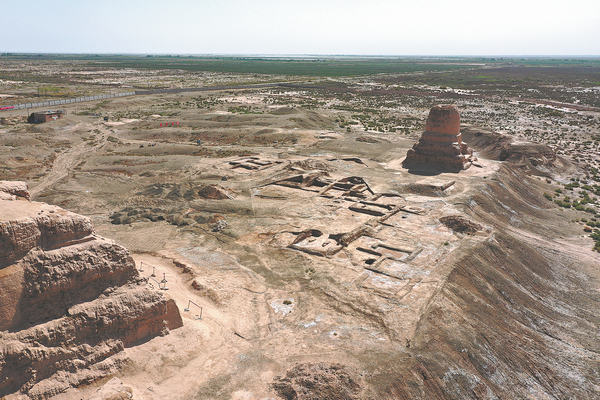Xinjiang's sands reveal fascinating finds
By Fang Aiqing and Mao Weihua | CHINA DAILY | Updated: 2025-02-25 08:03

Review of archaeological discoveries helps deepen understanding of history, report Fang Aiqing and Mao Weihua in Urumqi.
Archaeological surveys and excavations in the Xinjiang Uygur autonomous region over the past year have yielded a new understanding of the region's rich history as well as of the legacy of the ancient Silk Road.
Last year, the region's institute of cultural relics and archaeology undertook 135 projects involving archaeological surveys, explorations and excavations ahead of large construction programs, as well as 15 proactive excavation projects, Li Wenying, the institute's director, said at a news briefing in Urumqi in January.
The 15 proactive projects, organized in collaboration with institutions such as the Chinese Academy of Social Sciences' Institute of Archaeology, included five in eastern Xinjiang, three in the north, and seven in the south, spanning from the Bronze Age to the Yuan Dynasty (1271-1368).
The efforts sought to uncover more about the early civilization of Xinjiang, the region's historical role in national unification, and the various religions that once flourished, their development, and local adaptation.
























